The year was 1945, and Rolex was celebrating its 40th year in existence. To commemorate this jubilee celebration, they released the Datejust. This would mark the first time Rolex would use the now-famous five-piece, semi-circular link design for its bands, calling it the jubilee bracelet. This first iteration of the watch was only available in yellow gold. The Datejust would also be the first self-winding wrist watch. Having a date display on the watch was already an established feature of Rolex watches. But this would be the first time that the date would automatically change at midnight.
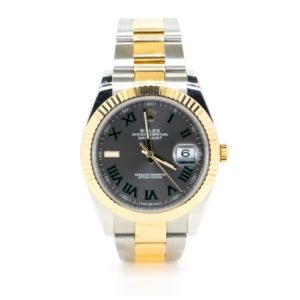
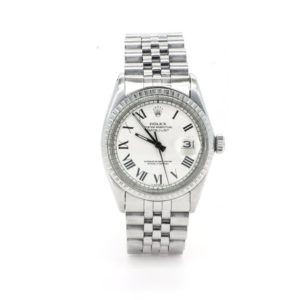
80 Years of Innovation: Pie-Pans, Oysters, and Quickset
Like any classically beautiful fashion piece, the Rolex Datejust has changed very little over time. Our experience working with those seeking out Datejusts here at our shop in Detroit has taught us that customers are drawn to them now for the same reasons they have been throughout history and across the world—they are elegant and timeless in an understated way. The only changes over its history have been slight ones, and today’s 36mm Datejust looks very similar to Rolex’s older models.
Though the original was only available in yellow gold, it has slowly transitioned into two-tone and steel. Also, the earliest forms of the Datejust were “non-quickset,” which meant you had to turn the crown (or the knob on the side) and rotate the hands over and over until you reached the correct date. In the 1970s however, Rolex introduced the “quickset” feature on the Datejust with the 16013 reference, which meant you could turn the crown to quickly adjust for just the date, in addition to time.
The earliest Datejusts had a pie-pan, dial, which is just what it sounds like—the outer rim of the watch has a pie-pan likeness. But later, when Rolex released the quickset function, it also introduced a flat surfaced dial that is still used on all of today’s Datejusts.
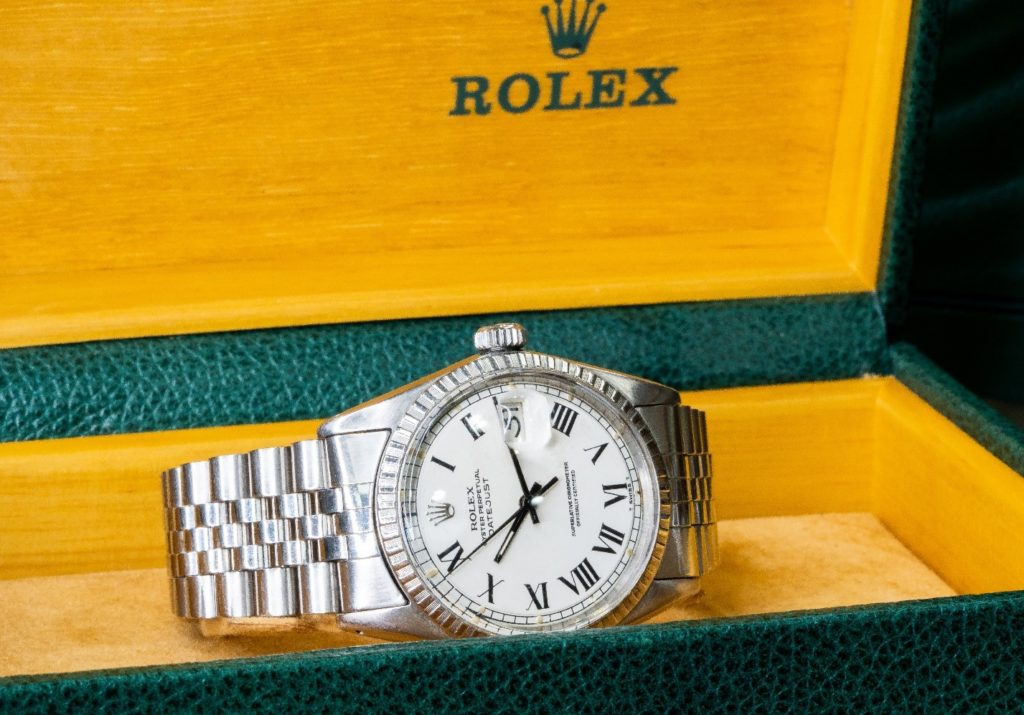
The 1988 version of the Datejust, known as the 16200 reference, featured scratch resistant sapphire crystal. Rolex had previously used sapphire crystal in other lines, but 1988 was the first time with the Datejust. But other than that and some minor movement upgrades, the model has stayed essentially the same over time.
Any changes have been subtle ones. For example, the Datejust 16030, which was manufactured in the 1970s and ‘80s, is relatively light, and the crystal of the watch face was actually just acrylic, or plastic. But the models like the Datejust 16220 and the 16233, which came out in the later ‘80s and beyond, are heavier and the crystal used in the face is sapphire. What all the Datejusts from that period and up until very recently have in common though is that they have the quickset function, are made of stainless steel, and have a 36mm case diameter. Despite only offering the jubilee bracelet initially, Rolex went on to sell Datejusts with both jubilee and oyster bracelets.
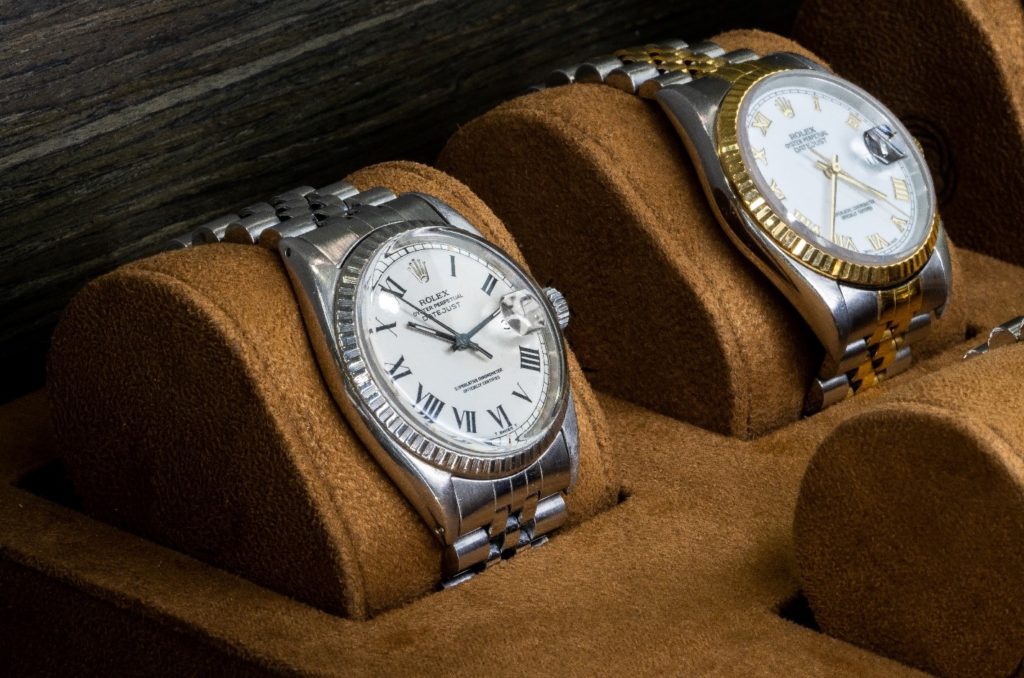
The 2000s brought a few more subtle adaptations to the Rolex Datejust. In 2001, Rolex began laser-etching a crown at the 6 o’clock position of the crystals. And in 2009, Rolex released the Datejust II. The new version gives customers different options on some of the features, including the option to have a larger case size—either the traditional 36mm, or now 41mm.
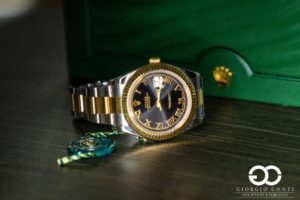
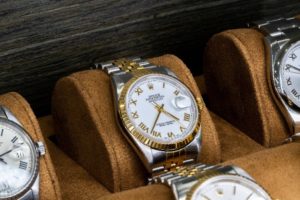
The different options do give you the chance to tailor the look a bit more to your style and liking. For example, if you’re going for a sporty look, we think the new 36mm, with its thicker case, is a great look. The newer version of the 36mm Datejust also has a thicker case, and we’ve noticed that women seem to be more drawn to this size.

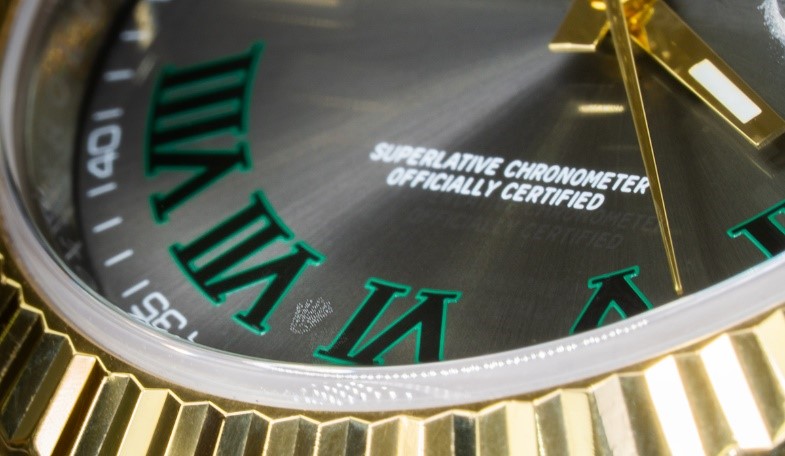
In Fashion Today: An Investment in Versatility and Durability
The Rolex Datejust has been wildly popular thanks to the fact that it is a great everyday wear watch. It’s versatile and looks just as great with jeans and a nice shirt as it does with your best suit. You can dress it up or dress it down. A Rolex is an investment, but many find the price tag more justifiable if the watch is something they will get use out of nearly every day, and not just on special occasions.
So how much of an investment is it? A standard 1960s or ‘70s Datejust will set you back about $3,000 to $4,000, depending on the condition of the watch as well as features like which bracelet and dial color it is. And newer Datejusts tend to be at least a couple thousand dollars more than that.



